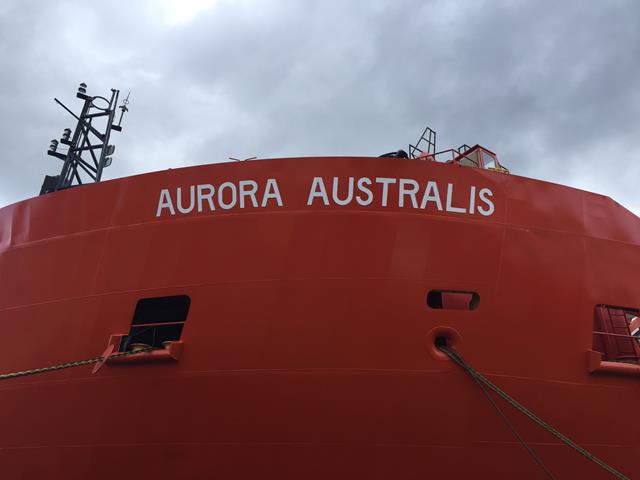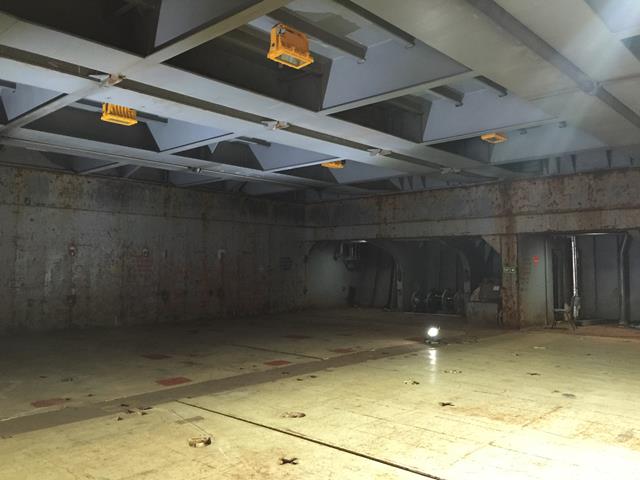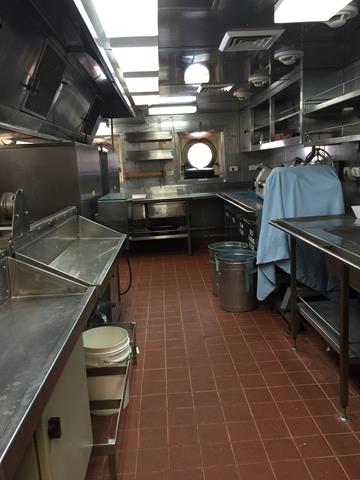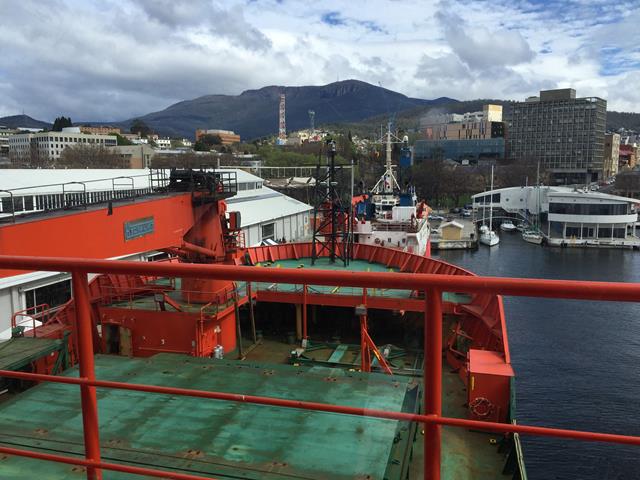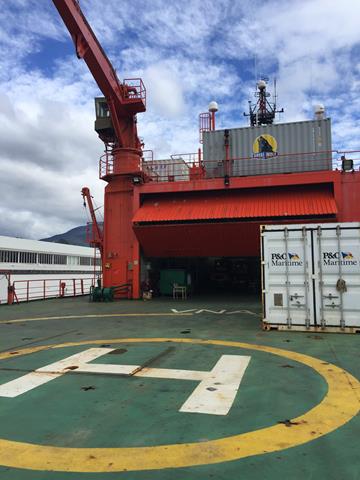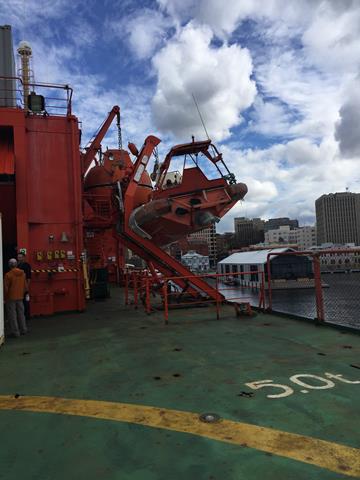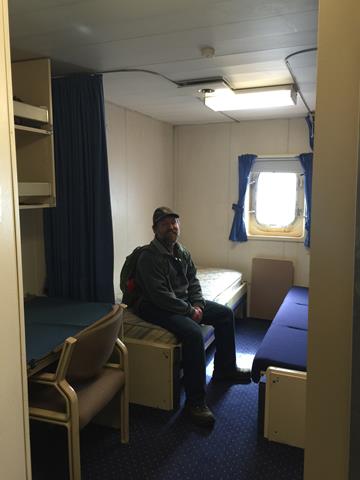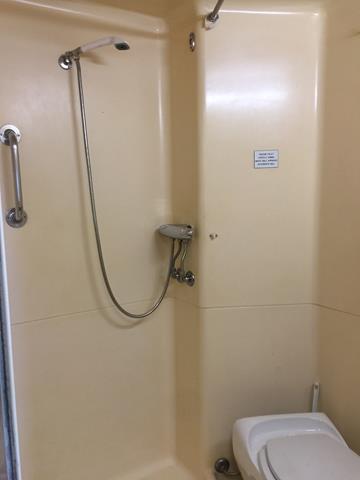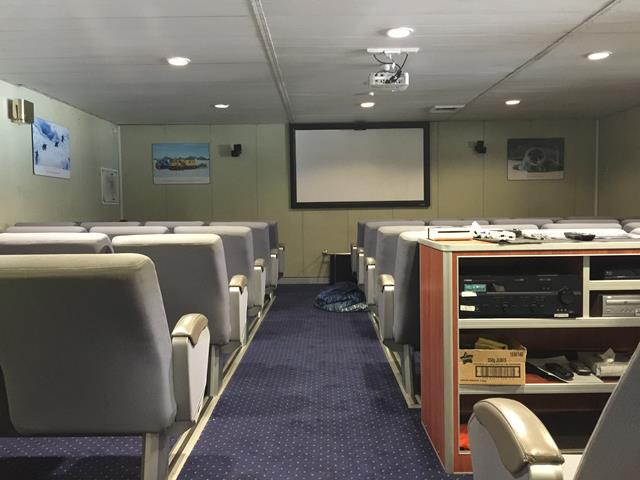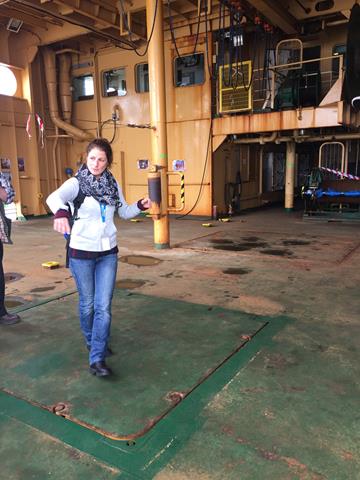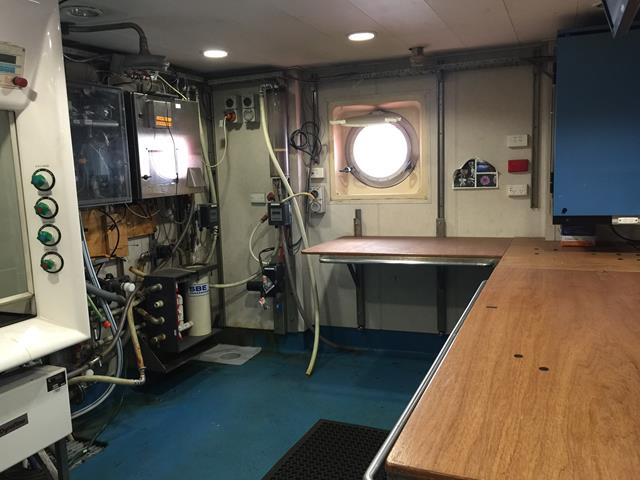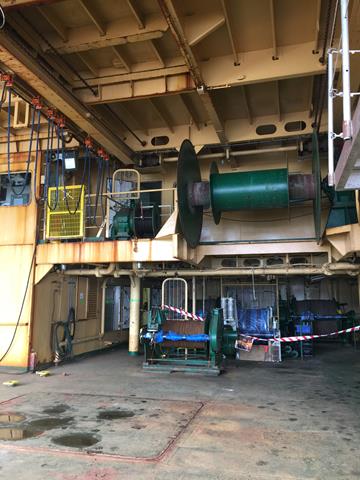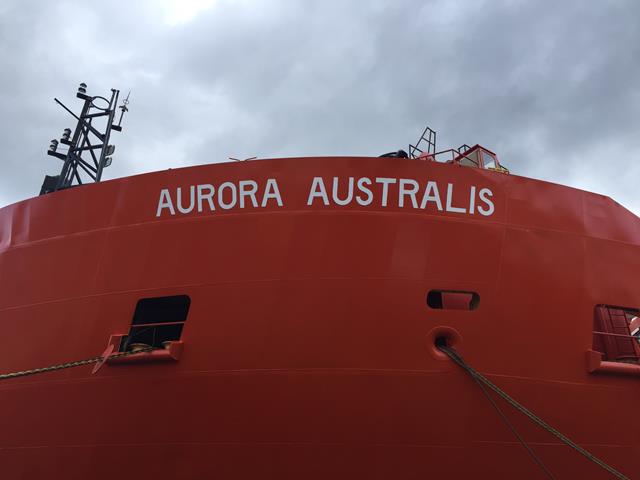
On Sept 18th 2019, RSV Aurora Australis will turn 30.

Within a year RSV Aurora Australis will be replaced by the RSV Nuyina. Nuyina (noy-yee-nah) means southern lights in palawa kani, the language of the Tasmanian Aborigines. Southern lights are also known as the aurora australis. The naming of both vessels gives a nice connection between the two. Nuyina is expected to arrive in Hobart in mid-2020, for its first voyage to the Antarctic in summer 2020. For more information on the RSV Nuyina click here.
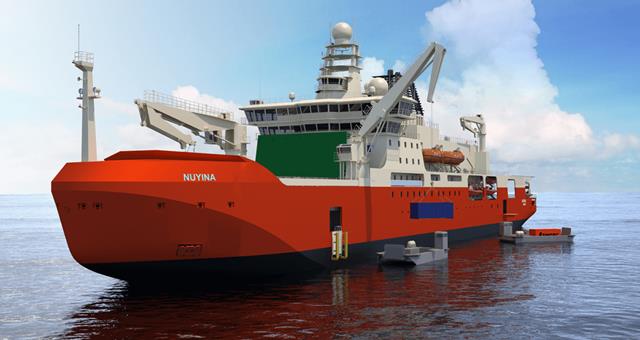
RSV (Research Vessel) Aurora Australis, affectionately known as the big orange roughy, was built and launched in Newcastle, NSW, on 18th September 1989.
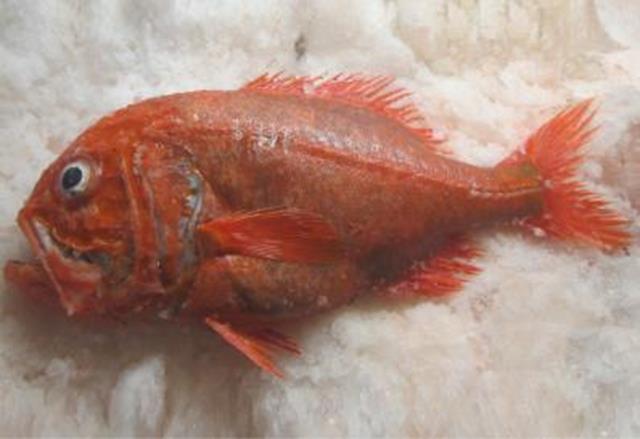

image Australian Antarctic Division
The vessel is owned by P&O Maritime Services and is chartered by the Australian Antarctic Division (AAD) over the summer to undertake scientific research and resupply the Australian Antarctic bases.
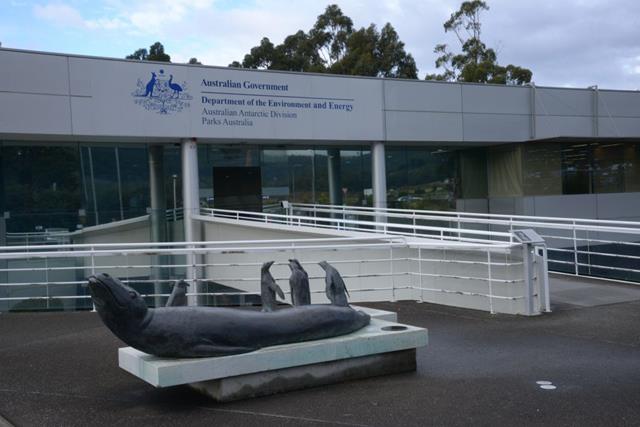
The vessel is a common sight in Hobart, spending winters here then venturing out through the Southern Ocean, the roughest open water in the world.
RSV Aurora Australis resupplies the Australian Antarctic bases of Mawson, Davis and Casey, as well as the sub-Antarctic bases on Macquarie Island, Heard Island and McDonald Island.
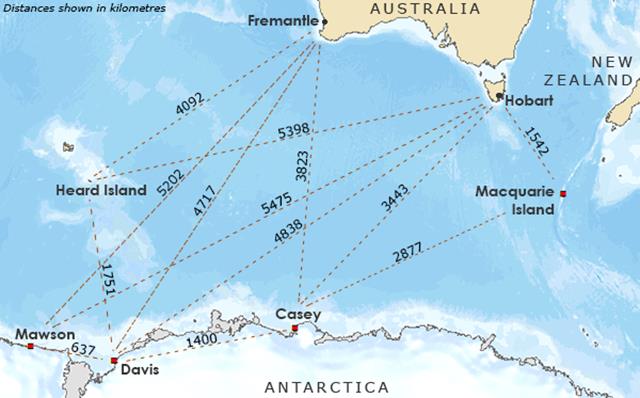
An interesting book on the history of RSV Aurora Australis has been released in time for the 30th anniversary of the launch of the vessel:
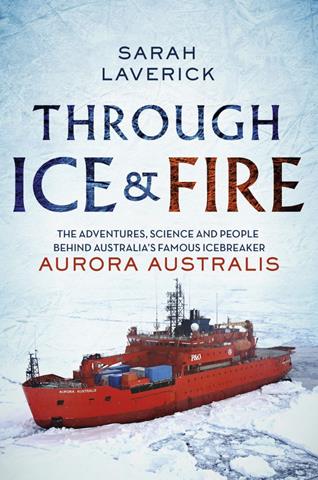
You can listen to an ABC radio interview by Richard Fidler with the author Sarah Laverick. Click here.
For those keen on comparisons and the vital statistics of each vessel, this chart is useful. Click here.
Below are some photos taken during a tour of the RSV Aurora Australis in September 2016.
